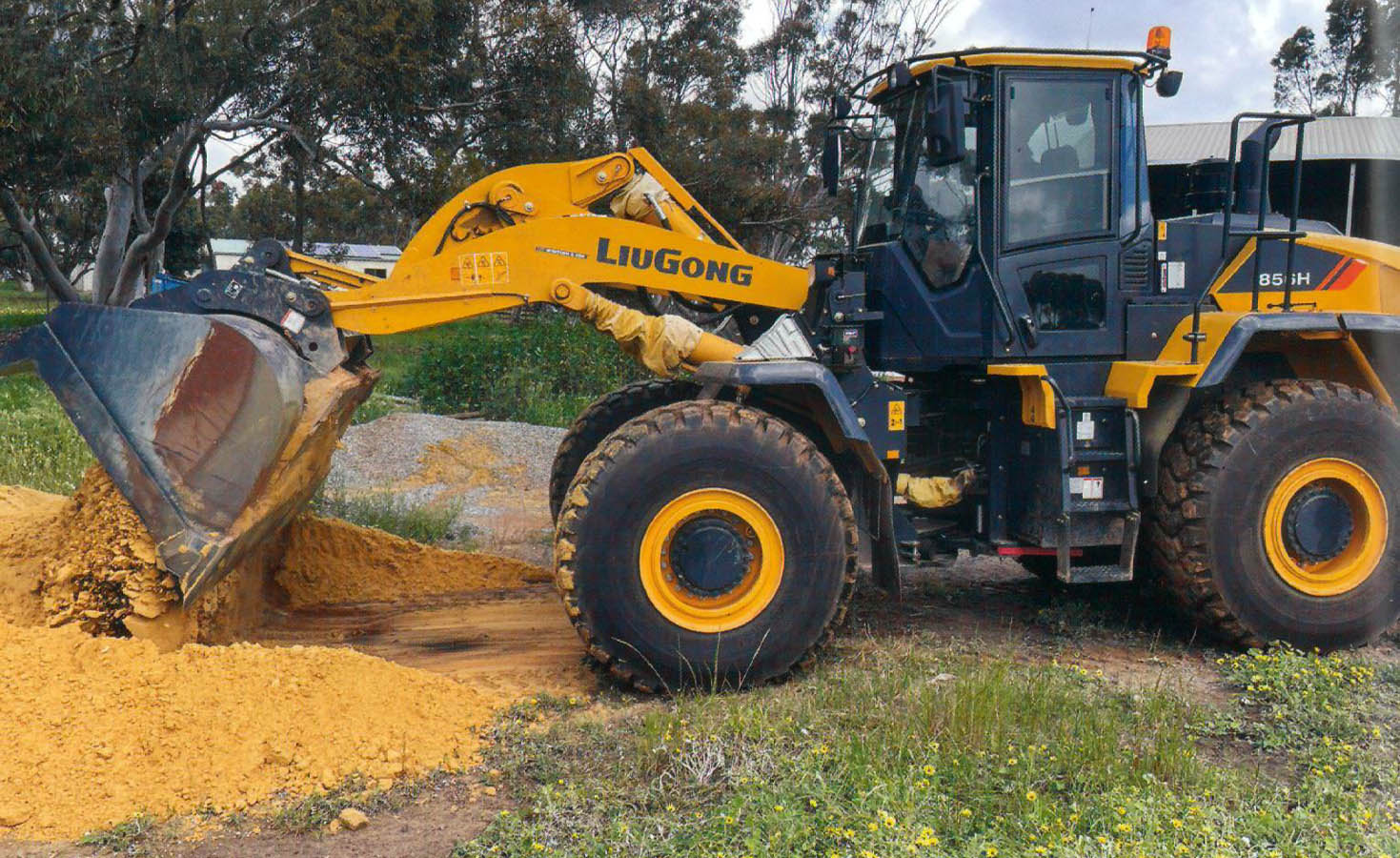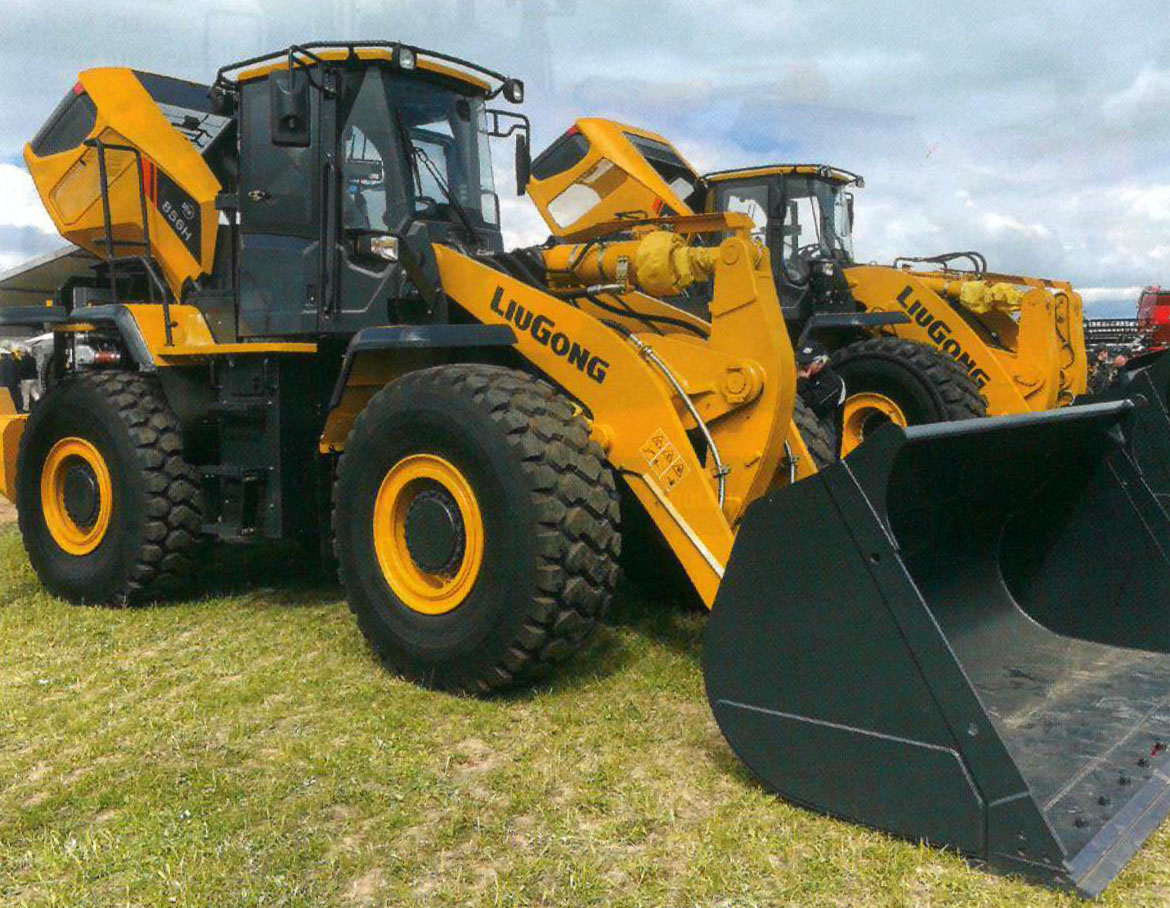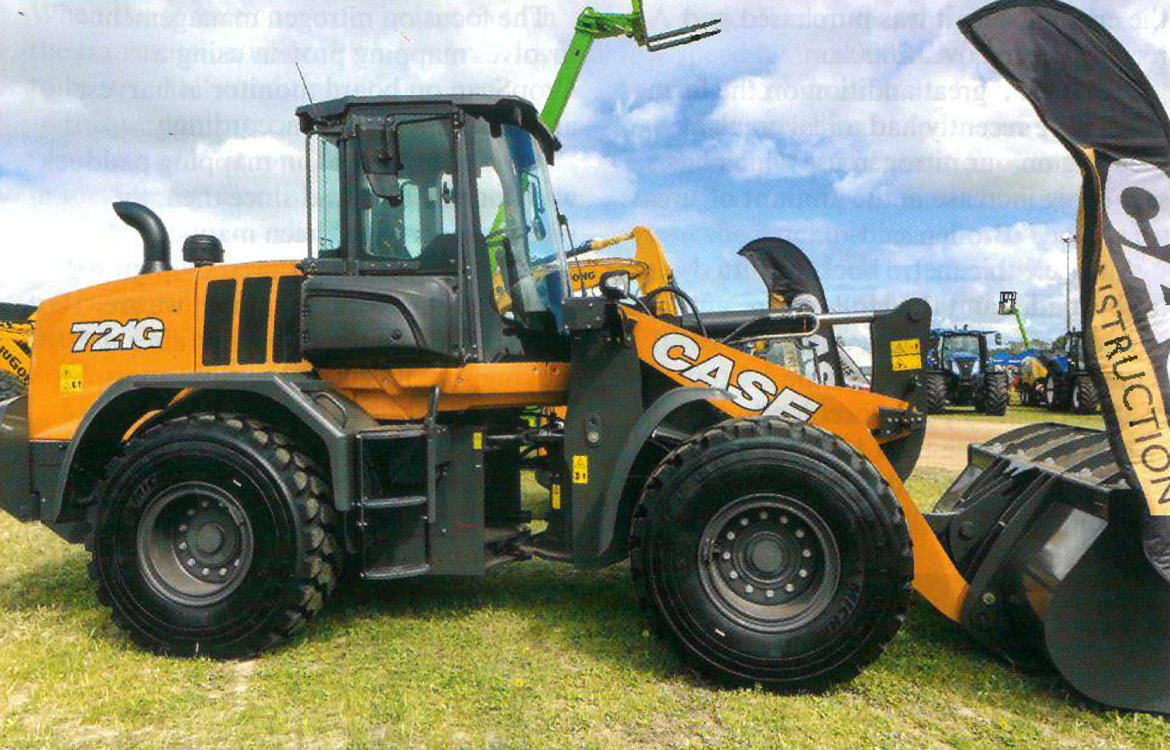Wheel Loaders: A perfect fit for the farm
Originally published in Farming Ahead - October, 2021

For high capacity and efficient bulk handling, no machine comes close to the wheel loader.
It is little wonder wheel loaders are becoming more common in agriculture as farmers look to increase the efficiency of their bulk handling duties.
Like telehandlers, wheel loaders are yet another industrial machine finding popularity on farm for a range of tasks.
Whether loading bulk fertiliser, handling grain in a bunker, stockpiling gravel, handling hay bales, digging clay, or simply cleaning up rocks and sticks out in the paddock, wheel loaders have plenty of use on the farm.
To continue the telehandler comparison, most farmers Kondinin Group spoke to in preparing this report wondered how they had ever survived without their wheel loader. With some farmers expecting bumper crops this season, the one-off investment in a wheel loader may be on the cards.
But why chose a wheel loader when a tractor fitted with a front-end loader (FED) can do all the same tasks, as well as many more applications? The answer is the wheel loader is a specialist machine which is designed for a set range of tasks which it does very well.
From the ground up, a wheel loader is designed to shift a large amount of bulk, heavy product, without affecting the reliability of the machine. The loader arrangement can lift a weight several times that of a tractor FEL, and the heavy-duty front axle is able to cope with repeated heavy loading without suffering damage.
A wheel loaders torque converter-based transmission is also purpose-built for bogging down to stalling point when filling the bucket, which tractors may not be able to cope with overtime. Back in the days when tractors were all fitted with friction-plate clutches, repetitive loader work was the source of many premature clutch failures.
The positioning of the cab up in the air, directly behind the loader’s articulation point, with the engine situated to the rear, creates excellent visibility for loader work, especially when dumping into trucks or spreaders. And being articulated, it allows the loader to be quite manoeuvrable despite its larger size.
LIUGONG

Of the Chinese-made wheel loaders, the LiuGong is arguably one of the better known makes and featured as a significant brand in our most recent National Agricultural Survey.
The LiuGong is available in two specification levels, the “high” specification across the three models representing solid value for money with quick-hitch and an auto-lubrication system amongst the specifications list.
Priced competitively, (except to pay just over half of a similarly specified Caterpillar), the LiuGong has risen in popularity and quality of finish according to owners. It could be argued that this popularity of the brand is partly due to the backup and service provided by McIntosh Distribution.
| LiuGong | Engine | Engine Power | Base transmission | Axles/Differential | Operating Weight (kg) |
|---|---|---|---|---|---|
| 835H High | Cummins QSB5.9 6cyl 5.9L | 113kW (152hp) | PS 4sp forward, 3sp reverse | Conventional differential | 11,000 |
| 848H | Cummins 6cyl 6.7L (Tier 3) | 124kW (166hp) | PS 4sp forward, 3sp reverse | Conventional differential | 14,450 |
| 856H High | Cummins QSL9.3 6cyl 9.3L | 162kW (217hp) | PS 4sp forward, 3sp reverse | LSD Front and rear | 18,425 |
CASE

The Case G-Series wheel loader was added to the Case line-up of F-series in mid-2020. Both F and G series are powered by FPT engines with optional variable-speed reversing fan.
Transmission is four-speed powershift and the 521G through to the 821G feature a limited-slip differential.
G-Series include a three-year Advanced CASE SiteWatch telematics subscription and a three-year/5000-hour full-machine factory warranty.
Bucket capacities range from 1.7m3 to 4.0m3 in the 521 to 921 range.
| CASE | Engine | Engine Power | Base transmission | Axles/Differential | Operating Weight (kg) |
|---|---|---|---|---|---|
| 521F | FTP 4cyl 4.7L | 106kW (142hp) | 4-speed auto-powershift ZF | ZF LSD | 10, 448 |
| 621F Tier 2 | FTP 6cyl 6.7L (Tier 3) | 128kW (172hp) | 4-speed auto-powershift ZF | ZF LSD | 12, 116 |
| 721F Tier 3 | FTP 6cyl 6.7L | 145kW (195hp) | 4-speed auto-powershift ZF | ZF with auto lock diff | 14, 225 |
| 821F Tier 3 | FTP 6cyl 6.7L | 172kW (230hp) | 4-speed auto-powershift ZF | ZF with auto lock diff | 17, 664 |
| 921F | FTP 6cyl 6.7L | 190kW (255hp) | 4-speed auto-powershift ZF | ZF with auto lock diff | 19, 857 |
| 521G Tier 4 | FTP 4cyl 4.7L | 106kW (142hp) | 4-speed auto-powershift ZF | ZF with auto lock diff | 10, 902 |
| 621G Tier 4 | FTP 6cyl 6.7L | 128kW (172hp) | 4-speed auto-powershift ZF | ZF with auto lock diff | 12, 657 |
| 721G Tier 4 or 5 | FTP 6cyl 6.7L | 145kW (195hp) | 4-speed auto-powershift ZF | ZF with auto lock diff | 14, 738 |
| 821G Tier 4 or 5 | FTP 6cyl 6.7L | 172kW (230hp) | 4-speed auto-powershift ZF | ZF with auto lock diff | 18, 170 |
| 921G Tier 4 | FTP 6cyl 6.7L | 190kW (255hp) | 4-speed auto-powershift ZF | ZF with auto lock diff | 20, 444 |

